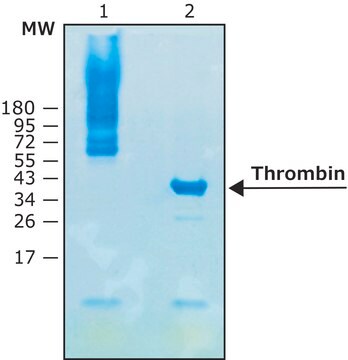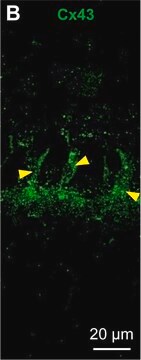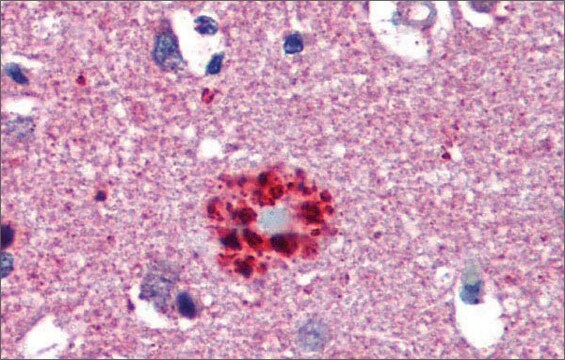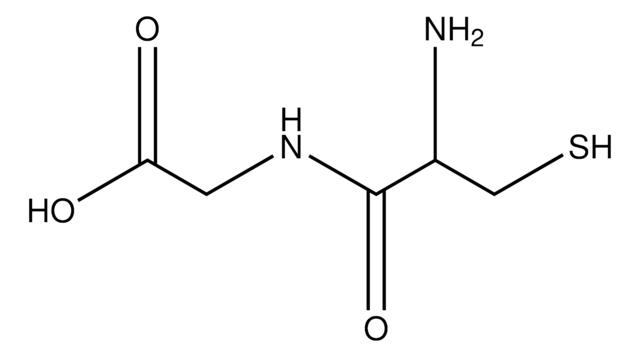SML2627
Connexin43 mimetic peptide 5 trifluoroacetate salt
≥95% (HPLC)
Synonim(y):
Peptide 5 trifluoroacetate salt, VDCFLSRPTEKT trifluoroacetate salt, Val-Asp-Cys-Phe-Leu-Ser-Arg-Pro-Thr-Glu-Lys-Thr trifluoroacetate salt
About This Item
Polecane produkty
Próba
≥95% (HPLC)
Formularz
lyophilized powder
kolor
white to beige
temp. przechowywania
−20°C
Działania biochem./fizjol.
Kod klasy składowania
13 - Non Combustible Solids
Klasa zagrożenia wodnego (WGK)
WGK 3
Temperatura zapłonu (°F)
Not applicable
Temperatura zapłonu (°C)
Not applicable
Wybierz jedną z najnowszych wersji:
Certyfikaty analizy (CoA)
It looks like we've run into a problem, but you can still download Certificates of Analysis from our Dokumenty section.
Proszę o kontakt, jeśli potrzebna jest pomoc Obsługa Klienta
Masz już ten produkt?
Dokumenty związane z niedawno zakupionymi produktami zostały zamieszczone w Bibliotece dokumentów.
Nasz zespół naukowców ma doświadczenie we wszystkich obszarach badań, w tym w naukach przyrodniczych, materiałoznawstwie, syntezie chemicznej, chromatografii, analityce i wielu innych dziedzinach.
Skontaktuj się z zespołem ds. pomocy technicznej








